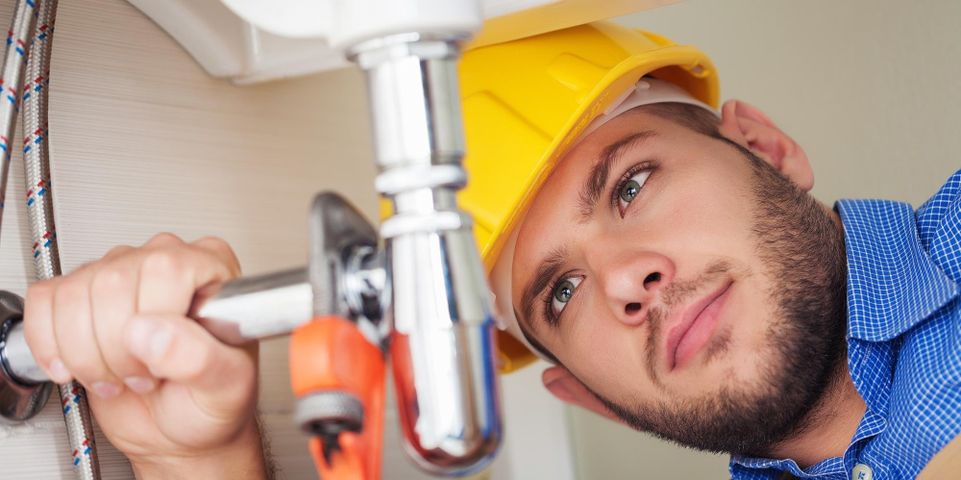
Few advancements have enhanced daily life like the development of indoor plumbing. The journey to bring the outhouse indoors featured breakthroughs by pioneering plumbers around the world. Here are a few milestones that helped deliver running water to your faucets and fixtures.
Ancient Plumbing Origins
The first examples of true plumbing—moving water from place to place through a conduit system—go back thousands of years. Rudimentary copper pipes were discovered in Indian palace ruins dating to 4000 BC. The Egyptians mastered metallurgy to create copper pipes, employing them in early waste depositories that moved sewage to rivers via a system of tubes and pulleys.
 Although Crete’s King Minos is credited with enjoying the first crudely functional toilet, the Romans created quantum advances with aqueducts and sewer systems that conducted water and waste for miles.
Although Crete’s King Minos is credited with enjoying the first crudely functional toilet, the Romans created quantum advances with aqueducts and sewer systems that conducted water and waste for miles.
Europe’s Medieval Masters
Another several hundred years would pass before the Germans’ ironworking mastery would dramatically advance plumbing once again. Their ability to forge hollow pipes of almost any size greatly expanded the possibilities for moving water efficiently. It also contributed to a shift away from using copper and lead.
By 1596, Queen Elizabeth’s godson, Sir John Harrington, built two flushable toilets—one for himself and one for the British matriarch. Ahead of his time, John was ridiculed for his invention, lending his name to the toilet’s first playful alias. Nonetheless, most nobility enjoyed his contraption by the 17th century, although a lack of sewer systems meant waste was piped directly outside to be dumped in moats and waterways.
America’s Plumbing Revolution
In the United States, New York and Boston were at the vanguard of plumbing technology. In 1728, New York installed the first subterranean sewer. Boston was even earlier to install clean water-conducting lines. Crafted from hollowed trees, they were used for firefighting by 1652. In 1829, the city’s famous Tremont House Hotel was the first to boast full plumbing. Its pressurized cold-water system worked via steam pumps and a rooftop tank.
The first siphon-operated water closets came into existence in the early 1900s. Our familiar tank-style toilets became common in many American homes by the 1920s. As wartime metal shortages took their toll and knowledge about toxicity evolved, pipe materials continued to change as well. Today, versatile plastic pipes have become the standard in nearly every new home.
If you’re looking to update your bathroom, fix a water heater, or repair your pipes, an expert plumber gets the job done right. For residential or commercial projects throughout the Canyon Lake, TX, area, Don’s Plumbing brings over 30 years of customer satisfaction to repiping, fixture installation, water heater repair, leak detection, and more. Call (830) 964-4477 to make an appointment or visit them online to learn more about their services.
About the Business
Have a question? Ask the experts!
Send your question

